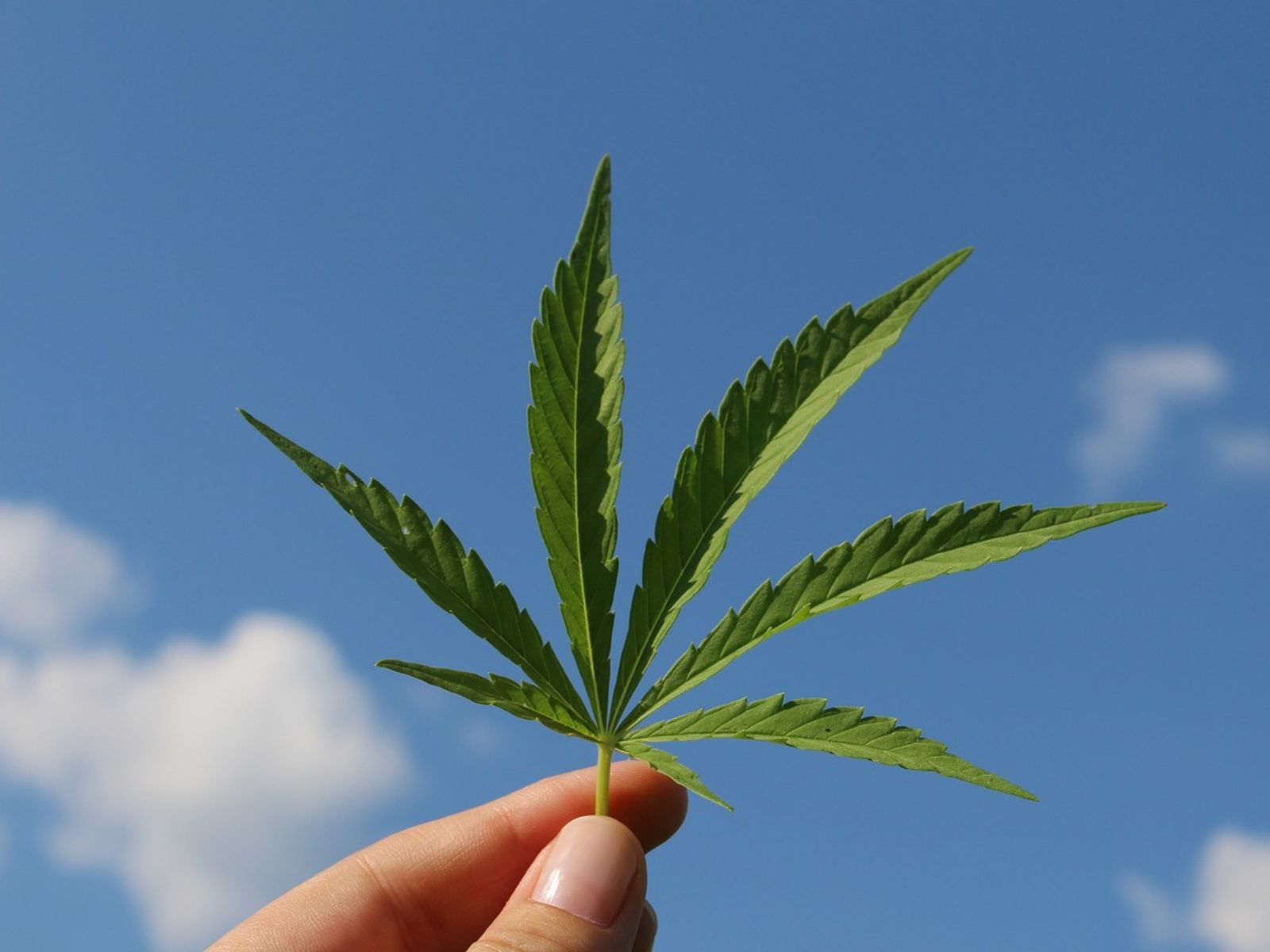It doesn’t take a genius to understand that cultivating cannabis outdoors under the sun has less of an environmental impact compared to cultivating cannabis indoors under artificial lighting. However, recently published research findings have quantified the difference between the two cultivation methods.
The results of the study, which were initially reported by Marijuana Moment, found that outdoor cannabis cultivation can be 50 times less carbon-emitting than indoor cultivation.
The research, titled ‘Environmental Impact of Outdoor Cannabis Production‘ and originally published by the journal Agricultural Science and Technology, was a collaboration effort between investigators at McGill University in Canada and the University of Michigan in the United States.
“This study has two aims: (1) To identify reduced-fertilizer regimes that provide optimal cannabis flower yields with reduced inputs and (2) to quantify how this shifts greenhouse gas emissions, resource depletion (fossil and metal), terrestrial acidification, and the eutrophication potential of outdoor cannabis production.” the investigators stated about the goals of their research.
“Primary data from a fertilizer response trial are incorporated into a life-cycle assessment model. Results show that outdoor cannabis agriculture can be 50 times less carbon-emitting than indoor production. Dissemination of this knowledge is of utmost importance for producers, consumers, and government officials in nations that have either legalized or will legalize cannabis production.” the researchers concluded.
The findings touch on a very important issue facing the cannabis industry in the United States where cannabis remains prohibited at the federal level. The U.S. government currently prohibits interstate cannabis commerce despite the fact that dozens of states now permit some form of medical and/or recreational cannabis commerce.
With the U.S. industry being governed by a patchwork of state cannabis laws and regulations, every state is forced to produce its own cannabis regardless of whether the state is suitable for such activity or not. Some states have their domestic cannabis production entirely indoors due to weather limitations, or in some cases, due to security requirements.
Meanwhile, cannabis producers in places like Southern Oregon and Northern California, where cannabis grows very well under the sun, are producing so much cannabis that they can’t sell it fast enough.
From a both an environmental and economic standpoint, it makes far more sense for cannabis to be cultivated where it grows naturally and then transported to markets where cannabis is much more difficult to cultivate outdoors on a large scale.
In that scenario, customers would get better products at cheaper prices, producers would have a better chance at staying in business, and the industry’s environmental impact would be lessened to a significant degree.

